
Social Margins: An Assembly in Text
As part of the Mt. Analogue class Fate is Kind, we are reading Ágnes Erőss’s Living Memorial and Frozen Monuments: The Role of Social Practice in Memorial Sites

Social Margins: An Assembly in Text
As part of the Mt. Analogue class Fate is Kind, we are reading Ágnes Erőss’s Living Memorial and Frozen Monuments: The Role of Social Practice in Memorial Sites
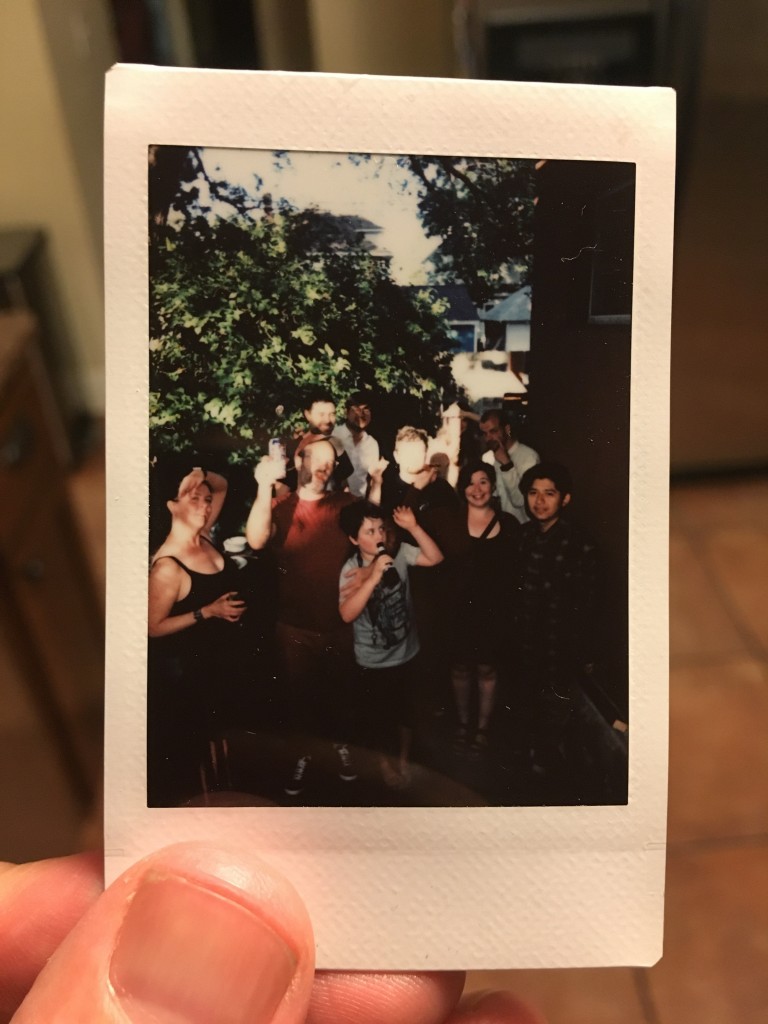
All municipalist meetings should be followed by a barbecue. Or, preceeded by, or take place during.
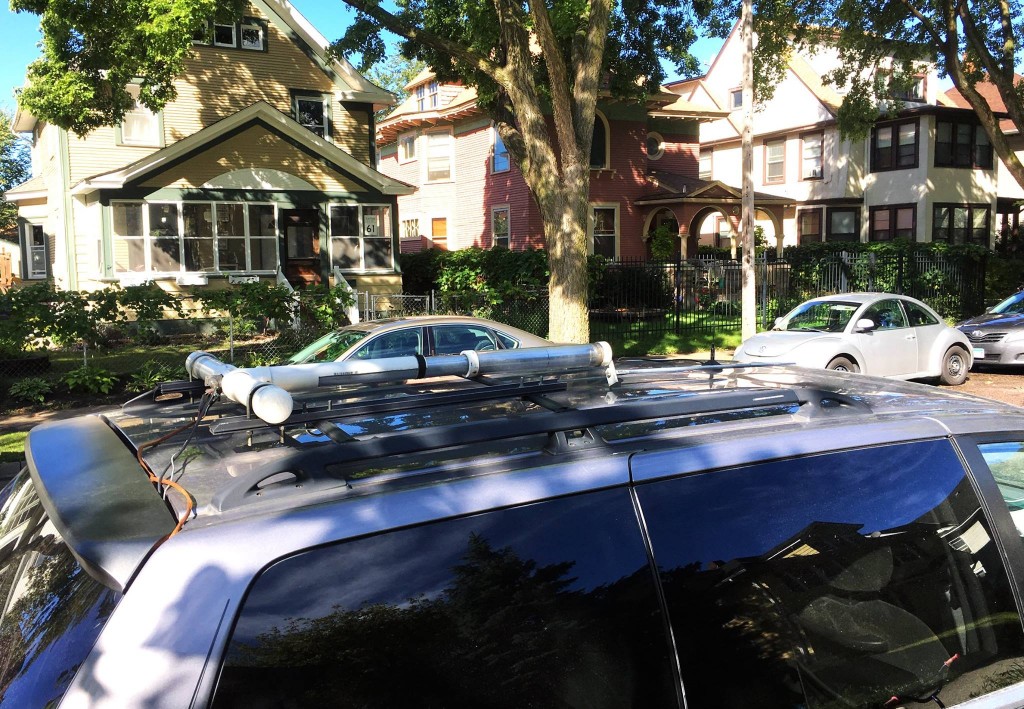
About a half-hour ago I was sitting here in Beyond Repair with Steven and had a bit of a shock. Who stepped into the Midtown Global Market, looking around, confused, not sure where to go? None other than MPD Police Federation President, Bob Kroll. He soon walked off, looking for something. Intrigued, I left Steven in the shop and walked around the market looking for Bob. Was he searching for us? If not, was he hungry? Where would he eat?
It seems though, while I was gone, Bobby found his way to the shop. He came in, saw a stack of Sgt. Kroll Goes to the Office, took about four or five, and avoiding any eye contact or interaction with Steven of any kind, quickly walked out.
I’ve been extremely happy, and frankly somewhat surprised, at the overwhelmingly positive reception this action has elicited. Both from the public at large, as well as elected officials in MPLS city government. Furthermore, it seems the action has been effective enough to get back to Lt. Kroll, and drive him across town to what he refers to in the comic as our “shit-hole neighborhood!” But hey, art will compel you into worlds that, prior to exposure, one would never dare to venture. I congratulate Lt. Kroll for, once again, braving the wilds of South MPLS.
All this said, I feel it is important for me to make this public; after the release of Sgt. Kroll Goes to the Office many people have urged me to publicly state the fact that Kroll, MPD, and their allies could retaliate in some way. Maybe, maybe not. But I agree that it is important to state that this possibility is, in fact, logical to consider and on my mind.
As an example, after the production of the comic was made public, but not yet released, the car in the above photo parked directly outside our home one afternoon. Having constructed low-wattage radio stations in the past I was interested, but also confused, by the DIY antenna apparatus on the roof of the vehicle. Something was off with its construction and orientation. I took a photo and sent it to a friend who is far more knowledgeable in that area than I am. He stated that, while not definitive, his guess was that it was a “cell phone sniffer.” What’s that? Well, myself and the small group who organized the visit to Mayor Hodges house last November, on the night the police were cracking down at the 4th Precinct Shutdown, are well aware of what it is. Area journalists, through a FOIA request, were able to find out as well. It’s a device that can read your text messages and listen in to your phone calls. It’s a tactic that MPD used that night and what allowed them to meet us at the Mayor’s house in advance of our arrival. And who knows, maybe it’s what is on top of the van outside our home in this photo. Or maybe not.
All of this sounds terribly psychotic and paranoid. But paranoia often arises out of social landscapes that speak towards something larger than each singular, seemingly fantastical, worry or suspicion. A kernel of truth exists in each.
So, if I start getting pulled over a lot; if we suddenly have numerous coding violations on our home; if, god forbid, DHS and MPD knock down our door over alleged child abuse accusations (which happened not long ago to a friend here in town who is critical of the police and their tactics; if I happen to be walking home and have the shit beat out of me, well, we all know who’s hand is at play. (Hi, Bobby!)
And this goes for ALL the artists involved in its production, and everyone else helping with its distribution as well.
I was sad to miss Bob when he visited the shop. I genuinely would have liked to have talked to him about his actions and ours. I called the Police Union a short while after we missed one another, but he wasn’t there. So I left a message on his voicemail inviting him to call me back to talk about the work. Maybe even have a book signing at the shop?
So Bob, it’s apparent that you are, in fact, paying attention to all this. I invite you to talk about it, but please don’t hit me – or accuse me of anything, or fuck with my kids, or listen into my phone calls or read my emails – let’s just talk.
I’ll be at Beyond Repair noon tomorrow. See you here. I’ll buy you a coffee.
I was lucky enough to grow up with Geoffrey Holder playing a significant role in my childhood. How could he not? Physically and personally he was so gigantic in life, especially to a child. Even after I’d moved away from NYC, I’d run into him walking the streets of his neighborhood and he’d remember me, calling out my name over the traffic and noise in SoHo near his loft. This advice to kids is advice for us all. We should never stop asking “what?” and “why?”
I recently read someone describe a neighborhood as “a place where someone feels some human sense of belonging, a human sense of being part of a society.” So, as my mind is on my neighborhood now, I can’t help but wonder how Geoffrey’s advice for children can be advice for us all. By asking “what?” and “why?” as often as possible of our own place and sense of place, how can we move towards that “sense of human belonging” that defines a neighborhood?
It cannot simply be achieved through policy – safer streets, access to good food, etc… Though certainly those considerations play a big part, we can’t arrive at them till we endeavor to ask one another “what?” and “why?” But how? How do we arrive at that space of questioning in a productive, inclusive way that begins outside of a space crisis? Prior to the notion of a “problem that needs to be fixed”? – Sam
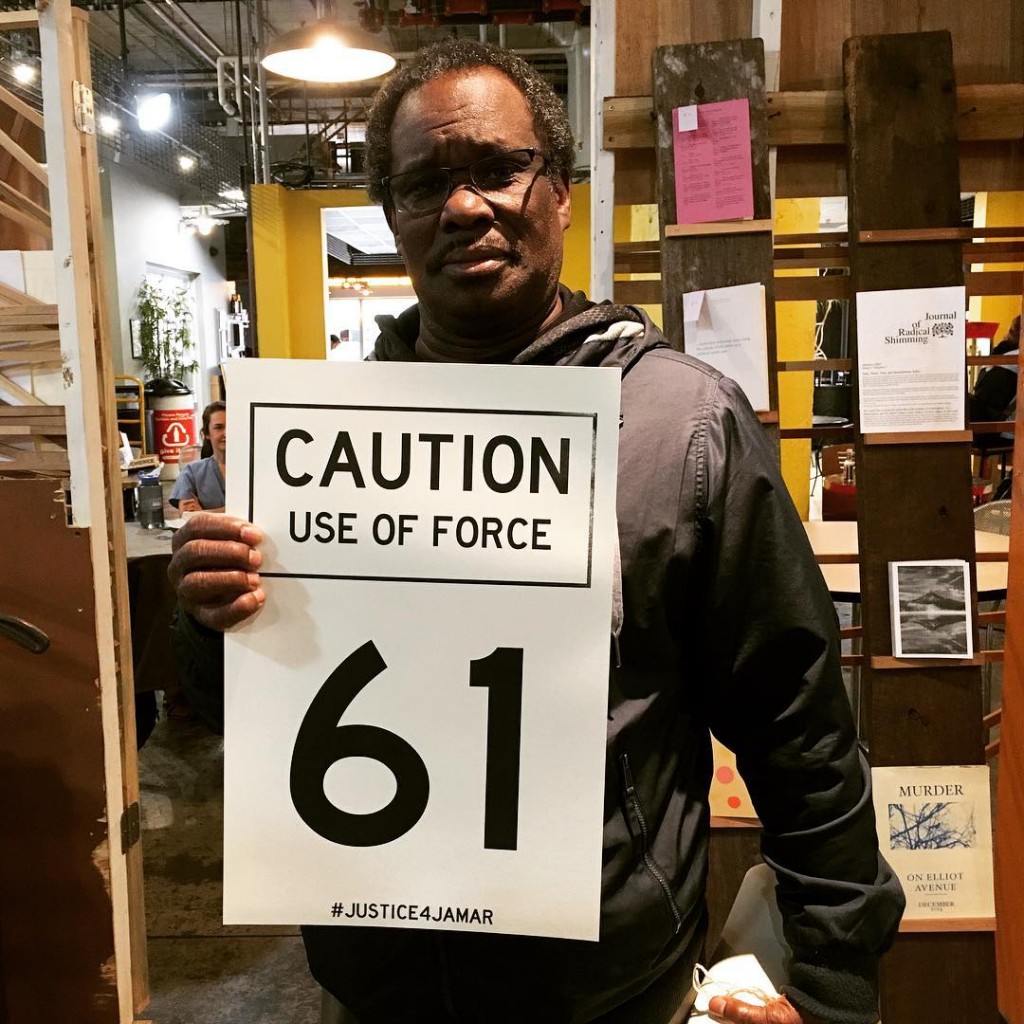
This is Willie. He was here in the market to have lunch and noticed our poster focusing on how the MPD took 61 seconds to kill Jamar Clark from the moment they arrived to the point of the shooting. Willie took a handful of posters to distribute to friends and family. Come in and grab some too. Let’s keep up the pressure. #byemike #justice4jamar
Calling all 9th Ward neighbors (that’s Powderhorn, Central, Phillips…) and Twin Cities residents interested in our neighborhood: Beyond Repair has started a Publication Residency called 9W / PRP. If you are interested in forming a public around ideas and issues within the 9th Ward, reach out to us so we can help you realize your ideas through the tools and processes available within the shop.
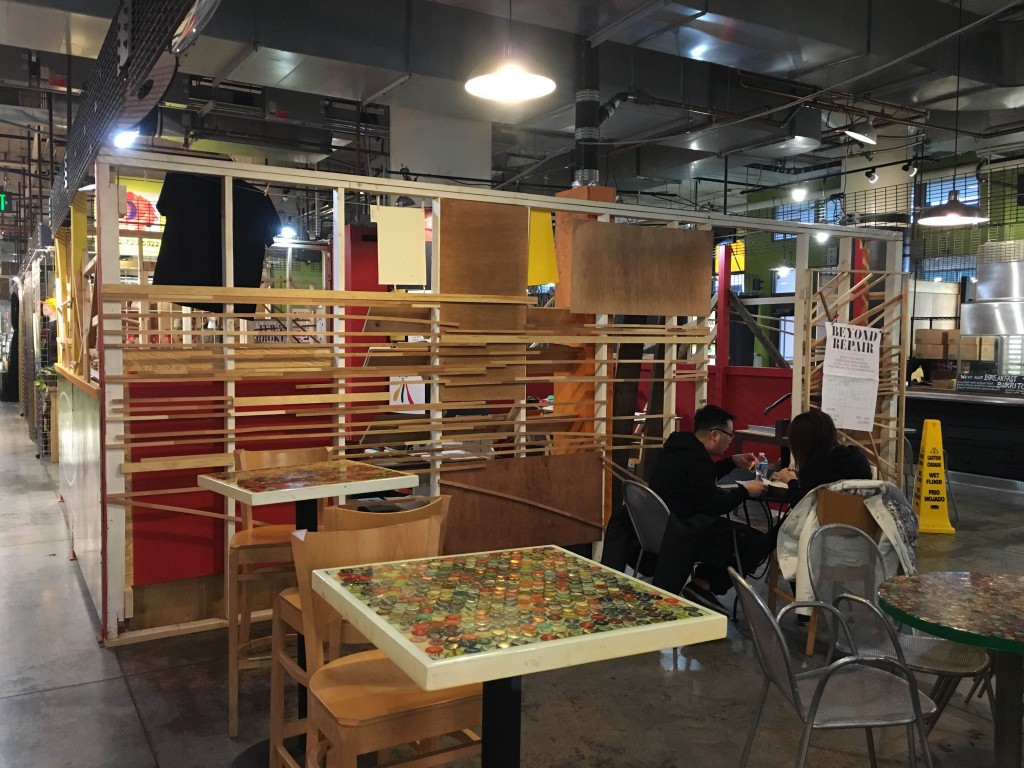
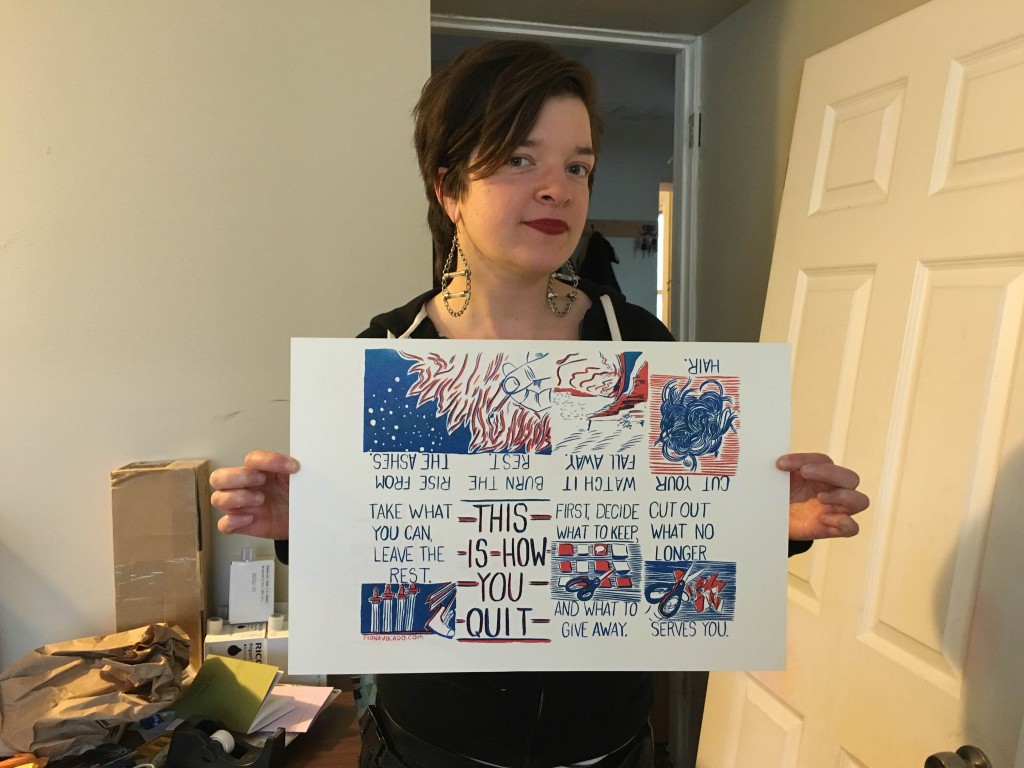
Over the last few weeks Fiona, our first resident within the 9th Ward Publication Residency Program (9W / PRP) has been stopping by the shop, thinking through ideas and projects that she’d like to work on this month. Yesterday we finished production on This is How You Quit, a two color mini-comic of Fiona’s inspired by quitting her job and giving in to life. We fully support her desire to “give up.”
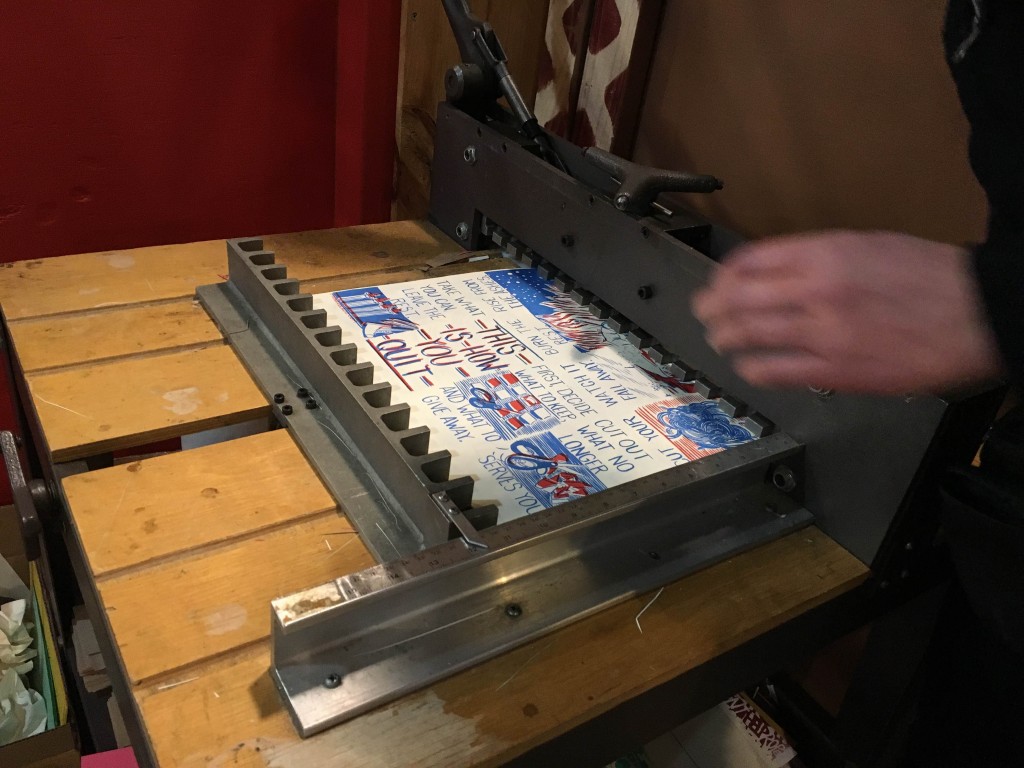
Fiona, as with all future 9WPRP residents lives in the neighborhood. Actually, just a block away from Beyond Repair to be exact. A self-described “artist, writer, media maker, educator, and agitator,” Fiona has produced many comics and illustrations, often taking aspects of her daily life as a subtle entrance point to engage larger social issues.
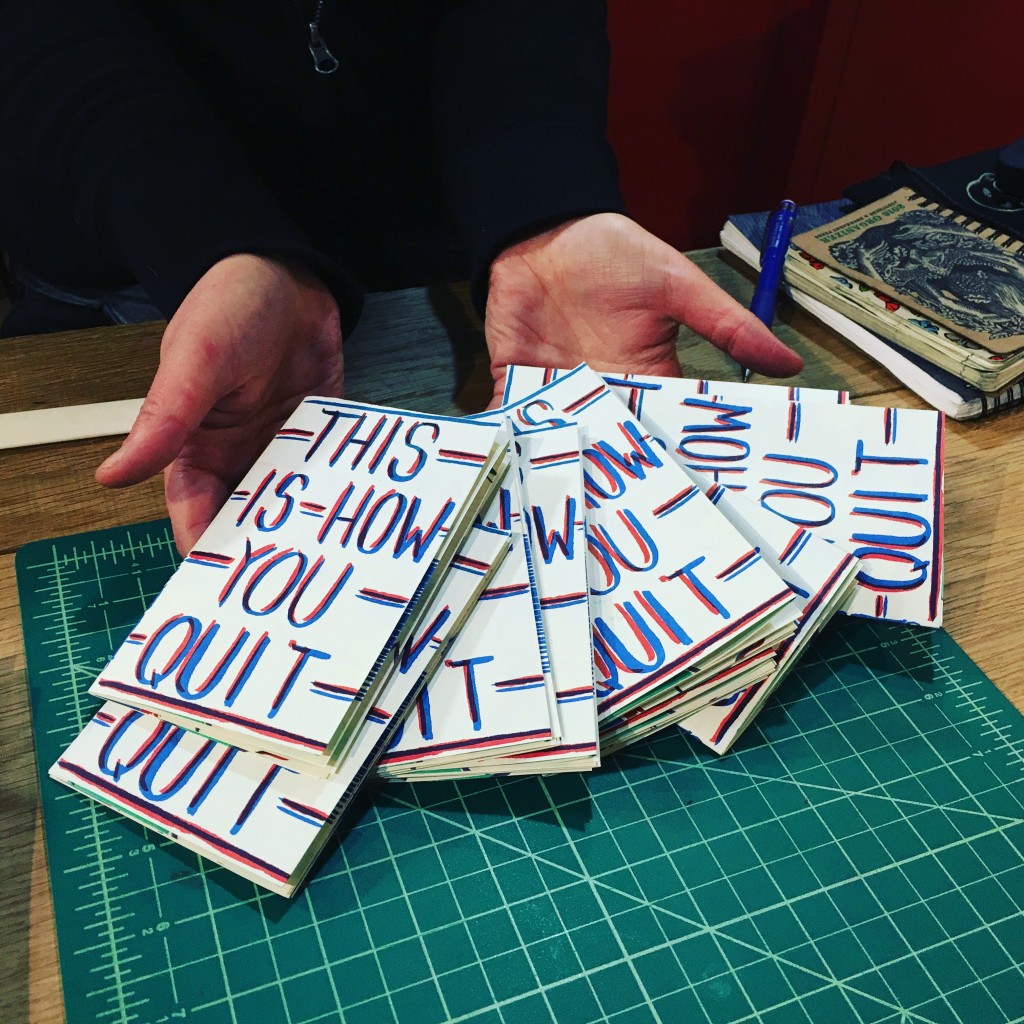
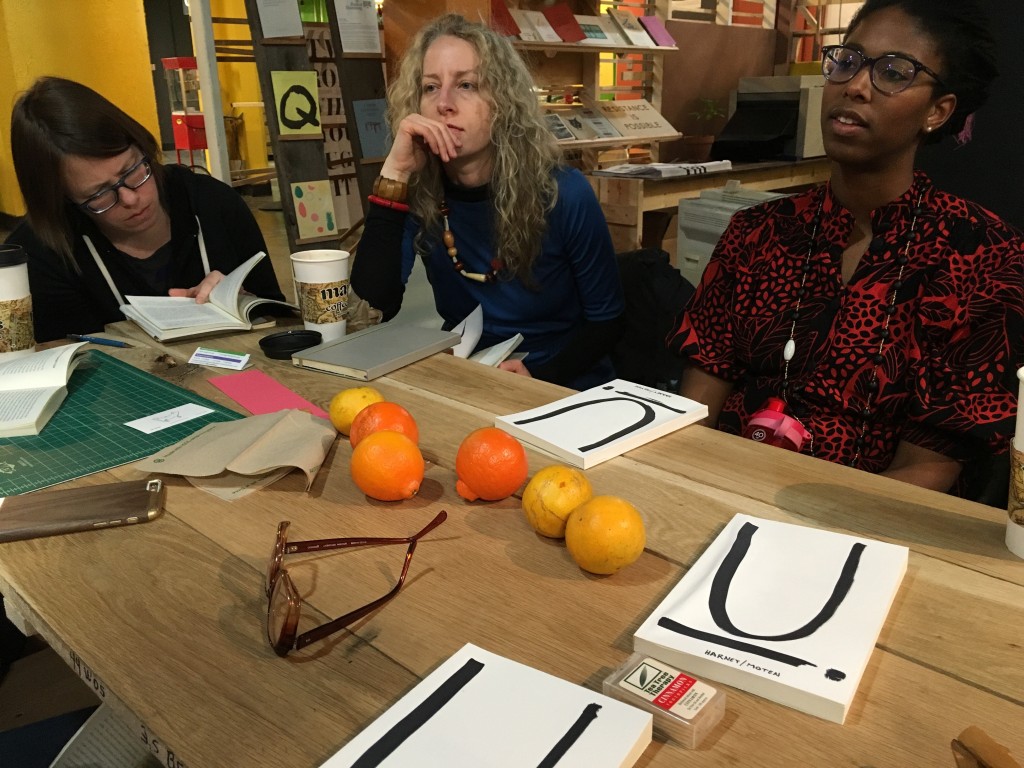
“In this series of essays Fred Moten and Stefano Harney draw on the theory and practice of the black radical tradition as it supports, inspires, and extends contemporary social and political thought and aesthetic critique. Today the general wealth of social life finds itself confronted by mutations in the mechanisms of control: the proliferation of capitalist logistics, governance by credit, and the management of pedagogy. Working from and within the social poesis of life in the undercommons Moten and Harney develop and expand an array of concepts: study, debt, surround, planning, and the shipped. On the fugitive path of an historical and global blackness, the essays in this volume unsettle and invite the reader to the self-organised ensembles of social life that are launched every day and every night amid the general antagonism of the undercommons.”
Can we ethically release ourselves from a social moment that we find reprehensible? What about those we leave behind? Politically, socially, ethically can an individual be in two places at once? How do we live within contradiction and feel empowered, not hypocritical?
The Undercommons Reading Groups meets each Saturday evening from 6 – 8, usually followed with some beers and tacos at Eastlake Craft Brewing.
Free “bootlegged” paperback copies are available at Beyond Repair. For those yet to attend, a PDF is available here.
All levels and interests of inquiry welcome, from the theoretical to the deeply practical and local.
I’m really impressed with the clarity amidst the complexity of Marlon‘s argument here. While cutting and to the point, its logic opens up a door for each encounter, each action, we take through a precise lens. In regard to so many aspects of power and acquiescence which we encounter daily, it’s exactly the type of question we should be asking of ourselves.
Marlon lives in the building above Beyond Repair, so considering I know he’s watching… MPLS folks, what do you have in mind? How can an expanded view of publication (as in The Act of Public-Making) strengthen anti-racist action and consciousness in the 9th Ward and further? Give it some thought. Have some ideas? Come down to the shop and let’s figure out what we can do to implement it.
Considering the differences in experience, income, and generalized desires at play in any one neighborhood, what tools and agreements allow for the greatest amount of input and autonomy wherein people get to live their lives, without the effect of us “living all over one another?” Especially when taking into account the ever present force of voices from outside the neighborhood that seemingly need to be responded to.
Simply put, how do we allow for true democracy in the micro without the loudest participants coming out on top?